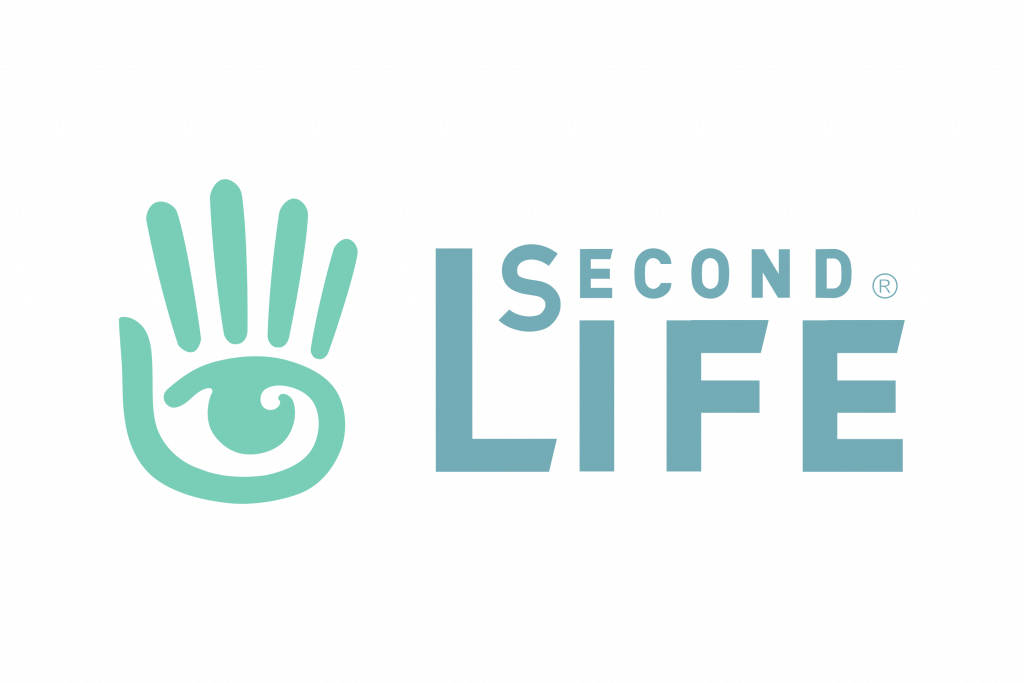
This is my analyst report on Second Life, and it’s potential to play a major role in unifying, and enhancing the world of Augmented reality for the purpose of education, soft skills development and hard skills development. I decided to analyse this because prior to recent research I did not realize the evolution the platform had gone through in the last 20 years. I assumed it would be a relic of the game world only to find out that it truly is not a game and continues to be an expanding virtual world, mimicking and possibly complementing the real world.
I hope you find the website useful and please feel free to provide feedback.
https://522secondlife.weebly.com/
Second Life is fascinating, perhaps it was a bit ahead of its time when it first came out? It is also interesting what a large community and network it does have, it is really its own world! It also seems that online simulators have become more mainstream over the last ten years than they were in the early 2000s, for example the upcoming Sims 5 is rumored to have some multiplayer capabilities. As online social simulations become more embraced, it may breath new life into platforms like Second Life or even more low fidelity opportunities like Habbo Hotel (Habbo University?).
You make a strong case for investors to look into fresh opportunities with Second Life. The fact that users are already spending millions every month in the virtual marketplace is reason enough for investors to turn their heads. When looking into Second Life on my own, it was not immediately clear to me how to participate or engage with the community. Where do I get started? What’s my place in this virtual world? As an outsider, it appears almost so vast it’s overwhelming. It’s like walking into a giant party with strangers that goes on forever. I think they need to add more incentives and opportunities to invite friends to come join you in the virtual world, nothing makes a new social interaction less intimidating than bringing a pal along.